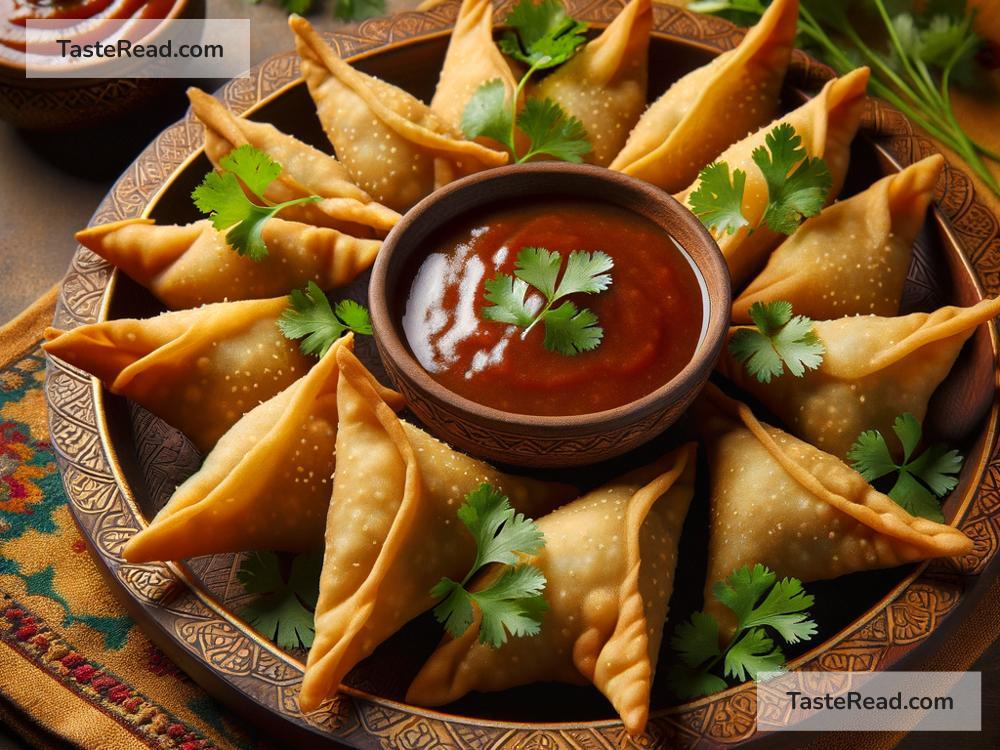Exploring the Journey of the Indian Samosa: A Cultural and Culinary Voyage
One of the most iconic snacks that pop into mind when we think about Indian cuisine is the samosa. This mouthwatering appetizer, with its crispy outer layer and savory filling, has not just made its way to the heart of India but has also found a special place in people’s menus around the globe. But have you ever wondered about the journey of the samosa and how it became an integral part of Indian food culture? Let’s take a flavorful voyage through time and trace the roots of this beloved snack.
Origin and Evolution
Contrary to popular belief, the samosa did not originate in India. Historical research and culinary scholars suggest that it made its way into the Indian subcontinent around the 13th or 14th century, through Middle Eastern traders. The original version, known as ‘sambosa’ in the Middle East, underwent a fascinating transformation as it traveled, adopting flavors and ingredients that suited the local taste, climate, and dietary preferences of the Indian people.
The Persian historian Abul-Fazl Bayhaqi mentioned it in his work in the 11th century, indicating its existence and popularity before it even reached India. The Indian version, however, significantly diverged from its Central Asian relatives in terms of ingredients, preparation, and flavors. Originally filled with meat, nuts, and spices, it gradually encompassed vegetarian options due to the influence of India’s predominant vegetarian culture.
Samosa through the Ages
In the courts of the Delhi Sultanate and the Mughal Empire, the samosa was served as a delicate delicacy to the royalty and the nobles. From there, it trickled down to the common folks and underwent more adaptations, becoming an inseparable part of Indian street food culture. Each region in India started making its version, influenced by local tastes and ingredients. From the spicy potato filling popular in North India to the sweeter version filled with peas in West Bengal, the diversity is astonishing.
Cultural Significance
The samosa has more than just a culinary significance in Indian culture; it holds a special place in the social fabric of the country. It is not just a snack; it’s a conversation starter, a part of festive celebrations, and a symbol of hospitality. Present in nearly every street corner, tea stalls, restaurants, and even at high-end parties, the samosa has achieved omnipresence in India’s culinary landscape.
Variants Across the Globe
As Indians migrated across the world, they took the samosa with them, introducing it to new palates and cultures. This led to the creation of interesting regional variants like the sweet coconut samosa in some parts of Africa, the filo pastry samosa in the Middle East, and even samosa pies in the United Kingdom. Despite these variations, the essence of the samosa — a crispy exterior with a flavorful filling — remains intact, proving its adaptability and universal appeal.
Preparation and Ingredients
The classic Indian samosa is made by filling a pastry with a mixture of mashed boiled potatoes, green peas, spices, and sometimes even meat, and then deep-frying it until crispy and golden. The art of making the perfect samosa lies in the preparation of its dough and the balance of its filling’s flavors. Over the years, many chefs and home cooks have experimented with fillings, including cheese, noodles, and even chocolate, showcasing the versatility of this snack.
The Unending Popularity
The popularity of the samosa can be attributed to its savory taste, ease of preparation, and its ability to be a perfect snack for any occasion. Whether it’s a rainy day, a casual meet-up with friends, or a festive celebration, samosas seem to fit perfectly into every scenario.
In conclusion, the journey of the samosa from a foreign treat to a staple Indian snack is a testament to India’s ability to blend different cultures and flavors into its rich tapestry. It is a culinary delight that represents centuries of history, evolution, and the unifying power of food. As we continue to enjoy this delicious snack, it’s intriguing to think about its origins and the distances it has traveled, both geographically and culturally, to become the samosa we know and love today.


